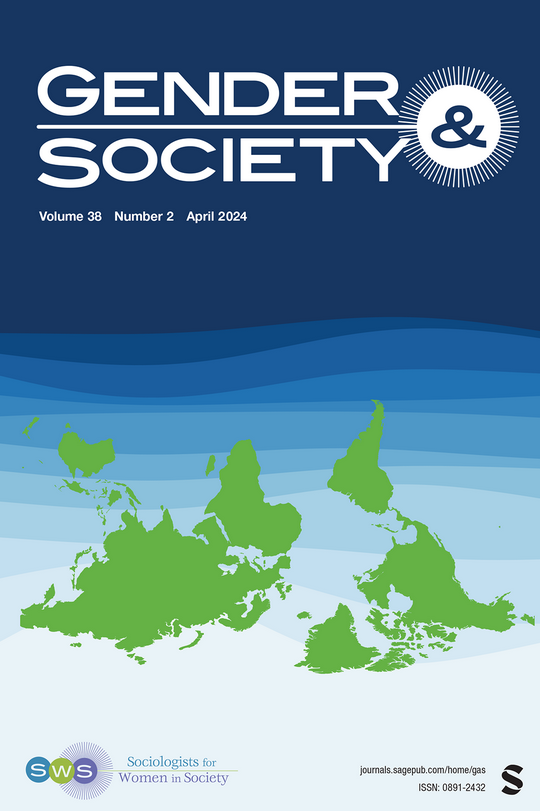Zakiya Luna的书评:《作为人权的生殖权利:有色人种妇女与生殖正义的斗争》
IF 7.2
1区 社会学
Q1 SOCIOLOGY
引用次数: 0
摘要
传统的培训,甚至可以接触阿拉伯语。将英语提升为一种神圣的语言,为包括女性和非阿拉伯语使用者在内的普通人提供了解释的可能性。WMA的发言人并没有试图证明她们和男性一样有能力解读《古兰经》,而是认为她们作为女性的具体和经验知识使她们更有能力解读神圣文本(第3章)。同样,社会正义既是一个有效的解释框架,也是作为活动家工作的社区成员的合法性来源(第4章)。因此,周五在WMA的讲座将美国伊斯兰教塑造成一种女性主义、社会正义导向的宗教,其根源在于黑人的斗争。WMA对所有教派的穆斯林以及非穆斯林开放。但正如阿里在第五章中所展示的那样,在伊斯兰恐惧症的背景下,试图进行信仰内改革和信仰间团结在政治上是复杂的。一方面,针对穆斯林的仇恨犯罪不断上升,这意味着对宗教间工作的需求很高。另一方面,邀请非穆斯林加入WMA使这个空间经常受到自由女权主义的批评和光顾。阿里细致细致的分析使这本书值得任何对美国宗教中的性别和权威问题感兴趣的人阅读。本文章由计算机程序翻译,如有差异,请以英文原文为准。
Book Review: Reproductive Rights as Human Rights: Women of Color and the Fight for Reproductive Justice by Zakiya Luna
traditional training or even access to Arabic. Elevating English as a sacred language opened interpretive possibilities to lay people, including both women and non-Arabic speakers. Rather than seeking to prove they were just as competent at interpreting the Quran as men, the WMA’s speakers argued that their embodied and experiential knowledge as women made them more competent interpreters of sacred text (Chapter 3). Similarly, social justice was both a valid interpretive framework and a source of legitimation for individual members of the community who had worked as activists (Chapter 4). Friday lectures at the WMA thus constructed American Islam as a womanist, social justice-oriented religion whose roots were in Black struggle. The WMA is open to Muslims of all sects as well as to non-Muslims. But as Ali shows in Chapter 5, attempting intrafaith reform and interfaith solidarity is politically complicated in the context of Islamophobia. On the one hand, rising hate crimes against Muslims meant the need for interfaith work was high. On the other hand, inviting non-Muslims into the WMA subjected the space to the often critical and patronizing gaze of liberal feminism. Ali’s careful, nuanced analysis makes this a worthy read for anyone interested in the question of gender and authority in American religion.
求助全文
通过发布文献求助,成功后即可免费获取论文全文。
去求助
来源期刊

Gender & Society
Multiple-
CiteScore
9.70
自引率
3.60%
发文量
78
期刊介绍:
Gender & Society promotes feminist scholarship and the social scientific study of gender. Gender & Society publishes theoretically engaged and methodologically rigorous articles that make original contributions to gender theory. The journal takes a multidisciplinary, intersectional, and global approach to gender analyses.
 求助内容:
求助内容: 应助结果提醒方式:
应助结果提醒方式:


